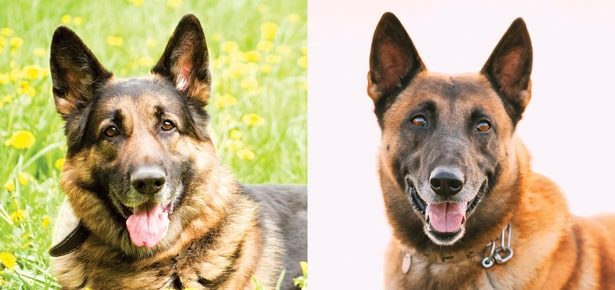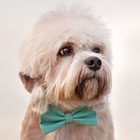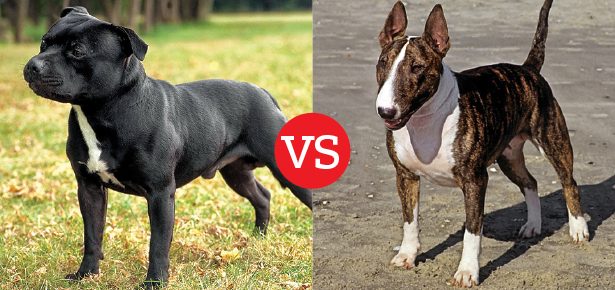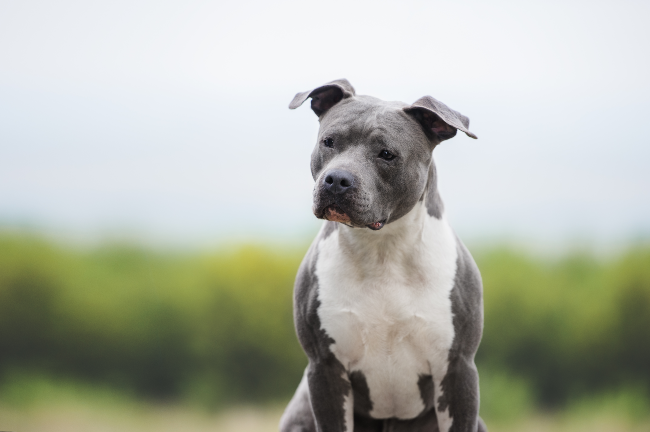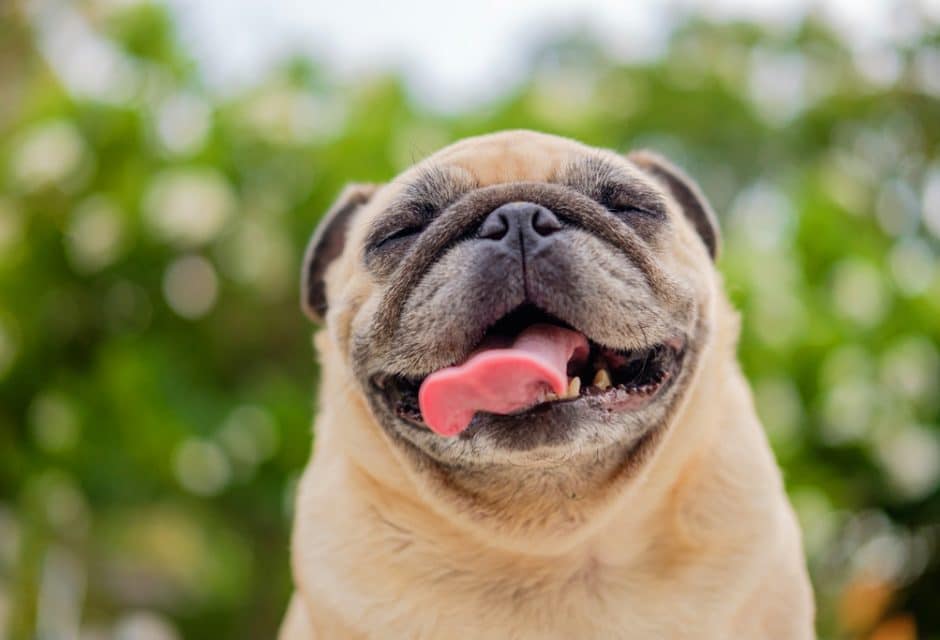
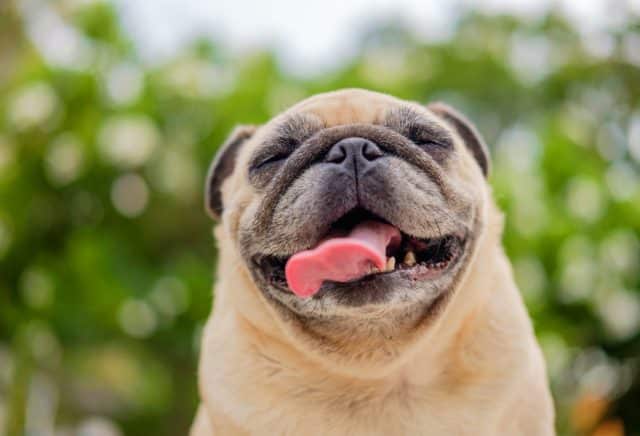
The Pug
This dog breed is a VIP of its own making
The famous painter pauses when his subject breaks his pose, stretches, and yawns widely.
“Bill,” says the subject. “This is boring. B-O-R-I-N-G. I’m sick of being painted. I need a pee break and a snack.”
With a smile, the painter says, “But Trump, my boy, I need you. This is a portrait of a VIP and you must be in it.”
“Fiddle dee dee,” snorts the dog. “They’re all VIPs. The Countess of So-and-So, Lady What’s-Her-Name, the Eminent Mister Who-Cares—all them society folks want their pictures painted with me, Trump. I’m outta here.”
“Ah, but this VIP is different. He’s a Very Important Pug—you, in fact.”
Trump wrinkles his forehead and grins.
“Well, why didn’t you say so in the first place?!” he says, sitting back down.
William Hogarth, the brilliant eighteenth-century painter, knew it when he painted his self-portrait with his own VIP beside him.
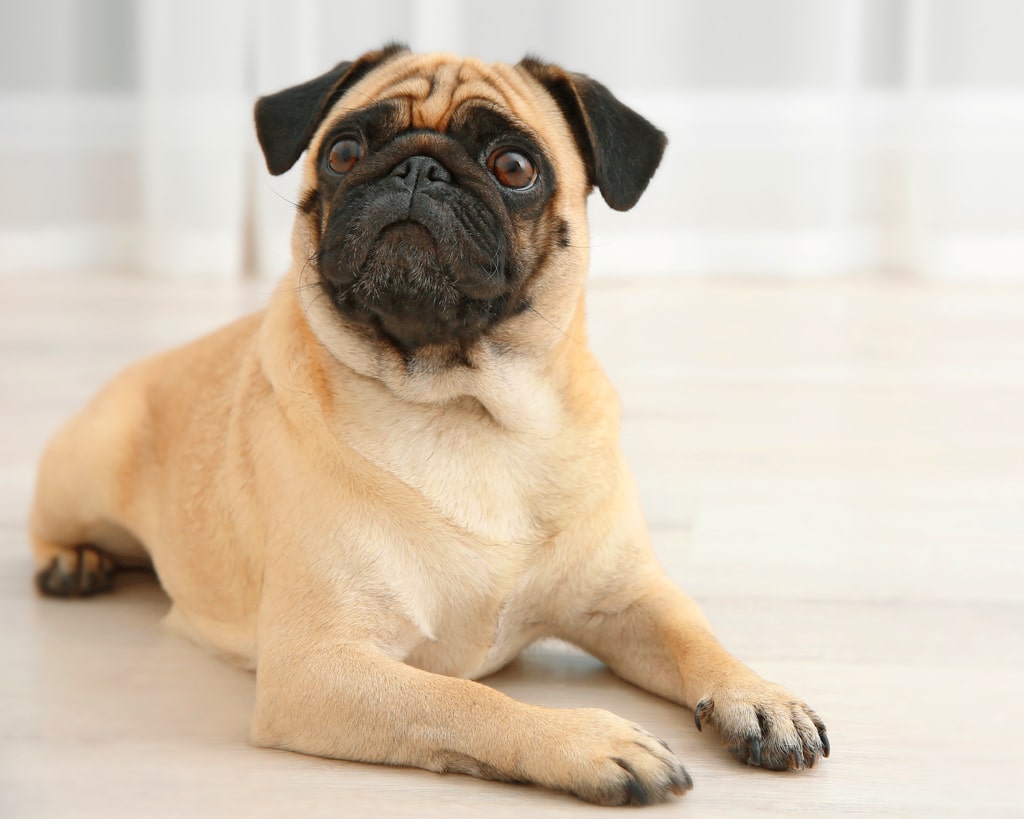
Yastremska/Bigstock
And Pug owners from the Empress Josephine Bonaparte to Billy Joel have always known it: every Pug believes himself to be a Very Important Pug.
“Pugs know they are special and this shows in their attitude,” writes Liz Palika, author of The Complete Idiot’s Guide to Pugs (Alpha, 2005).
The Pug’s “I’m-the-centre-of-the-universe-and-it’s-a-great-place-so- why-not-join-me?” outlook on life is one of the keys to this breed’s enduring and still-rising popularity; in 2005, this largest member of the Toy Group was ranked twelfth in numbers registered with the American Kennel Club (AKC).
Most Popular Dogs in the US
According to the most recent AKC registration statistics
[1] French Bulldog
[2] Labrador Retriever
[3] Golden Retriever
[4] German Shepherd
[5] Poodle
[6] Bulldog
[7] Rottweiler
[8] Beagle
[9] Dachshund
[10] German Shorthaired Pointer
[35] Pug
When William and Mary of Orange arrived in England in 1688 to become the new king and queen, they brought with them an entourage of Pugs, a breed that was already extremely popular in the royal couple’s native Holland. It didn’t take long for the appealing, snub-nosed dogs to become the dog du jour and by Hogarth’s time, no lady of any social standing felt complete without a Pug dog to hide in her voluminous skirts.
In the twentieth century, another pair of Pug-loving royals, the Duke and Duchess of Windsor, owned no less than 12 of the breed during their lives together. The Windsors amassed a huge collection of porcelain Pug figurines and decorated their New York Waldorf Astoria hotel suite with needlepoint pillows of their adored dogs.
All this seems quite appropriate for a breed whose forehead wrinkles are meant to resemble the Chinese character for “prince.”
But wait a minute—is this the same dog that has snored, snuffled, wheezed, and farted his way into the heart of many a modern dog owner?
“They do make a variety of biological noises,” warns Palika. “You always know when a Pug is in the house, even if he’s sleeping.”
Hardly princely behaviour.
On the other paw, when you’re a VIP, you take it for granted that everyone will love you in spite of, or maybe because of, your lack of social graces. And if you’re going to be vulgar, at least you can be consistent about it so everyone knows what to expect.
In his book, Why We Love the Dogs We Do, (Fireside, 2000) Dr. Stanley Coren puts the Pug in the category of “Consistent Dogs,” about which he writes: “The central personality characteristic of these dogs is their predictability…[their] behavior from day to day will be virtually the same regardless of the time or the situation.”
Hmm…not necessarily reassuring in this case.
While perhaps not for the delicate of nose or ear, the breed does make a charming companion. Some Pugs are placid and dignified and others are excitable extroverts, but all are “people” dogs that want to spend as much time with their owners as possible. At 14 to 18 pounds ideal weight (often exceeded by gluttonous individuals indulged by doting owners), the Pug is a sturdy but still laptop-size model. The phrase “multum in parvo,” used in the AKC breed standard, means “much in little” and can be interpreted in the case of the Pug to refer to both its compact but solidly muscled physical form and a personality much bigger than its stature would suggest.
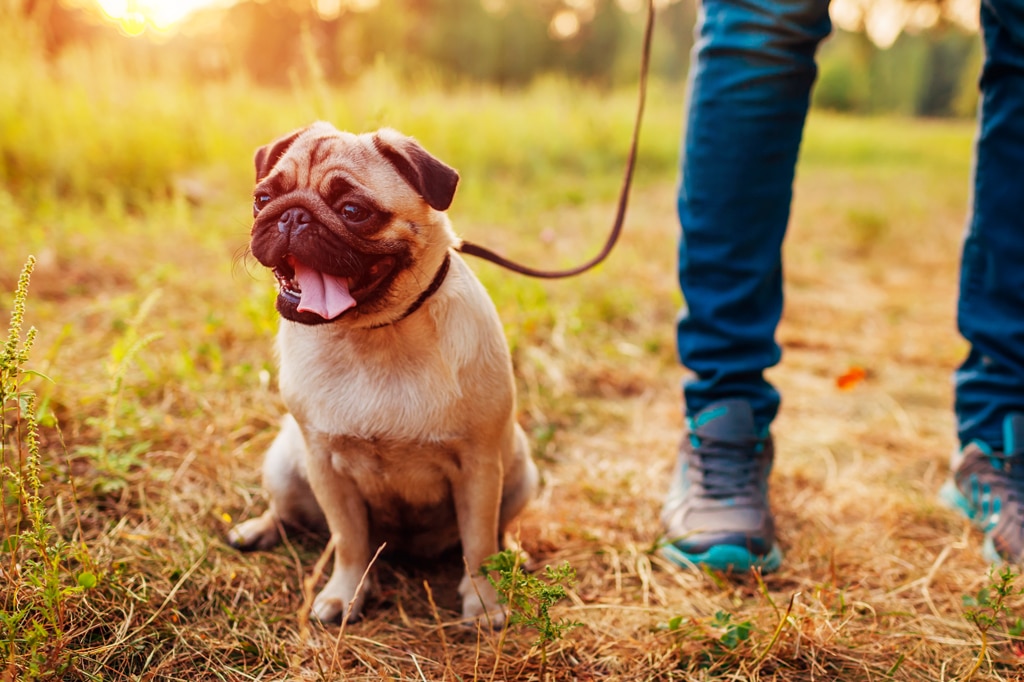
Mariia-Boiko/Bigstock
Like all short-faced breeds, the Pug can experience health problems related to restricted breathing and should never be forced to remain outside in hot or cold weather or to exercise strenuously. Their protuberant eyes and crooked teeth are also susceptible to disease and injury.
Tragically, at least one percent of all Pugs will be afflicted with Pug Dog Encephalitis (PDE), a fatal disease that affects the brain and nervous system. Not much is known about the condition, which is only found in this breed. Anyone planning to buy or adopt a Pug should spend some time researching the potential health risks unique to the breed.
The distinguishing physical feature of the breed is its unmistakable face. Large, wideset, round eyes; small ears; a pushed-in nose; and a wide mouth—all set amongst large, deep wrinkles—create the unique and sweet expression beloved by besotted potential Pug-owners.
This is before they find out about that…um…housetraining thing. Pugs, you see, seem to have made a breed-wide pact concerning going potty where and when you want them to. To put it succintly: they don’t.
Housetraining the puppy can be one of the greatest challenges faced by a Pug owner. With a combination of self-assured determination and entirely guileful manipulation, many Pugs convince their two-legged companions that they can’t be housetrained. It’s all a lie, of course, because with a good measure of determination on the opposing side and an equal amount of clever manipulation by the house-proud human, the reluctant Pug can be housetrained. The best tactic may be to make their love of consistency work in your favour by having a set schedule for eating and potty times.
Admittedly, there is no owner more likely to make allowances for and cater to the whims of their canines than the Pug afficionado. Those who have Pugs in their lives are also a unique breed, more likely than not to dress their dogs in cute costumes, enter them in Pug chuckwagon races, and chuckle over their idiosyncrasies.
The Pug-immune may wonder what all the fuss is about; the legions of Pug fans chorus that VIP also stands for Virtually Irresistible Pug.
» Read Your Breed For more breed profiles, go to moderndogmagazine.com/breeds
Join the newsletter and never miss out on dog content again!
"*" indicates required fields
By clicking the arrow, you agree to our web Terms of Use and Privacy & Cookie Policy. Easy unsubscribe links are provided in every email.

